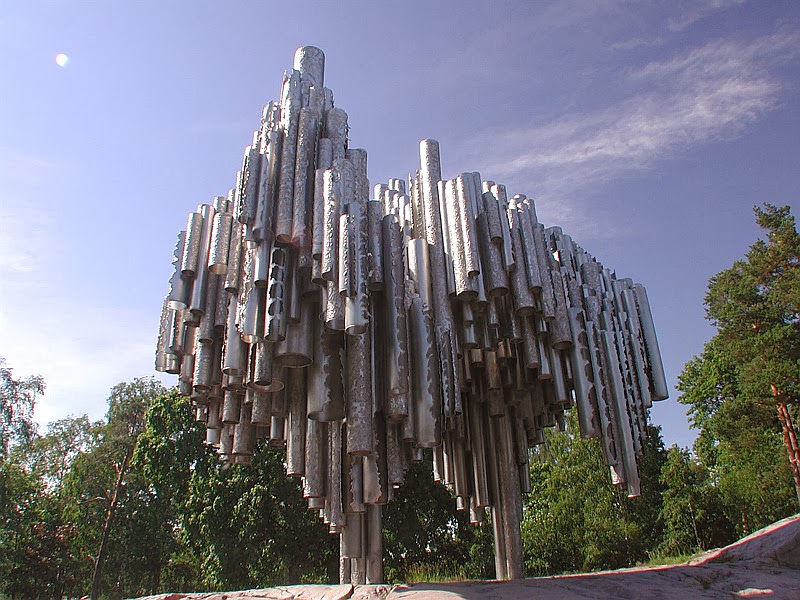

Later it progresses through hope, indignation and jubilation, and culminates in the well-known, much-loved hymn-like theme that bring tears to Finns eyes. At first, under strict censorship, he called this tone poem Impromptu but it later became known as Finlandia and has since become Sibelius' best-known work and Finland's unofficial national anthem.įinlandia is a rousingly patriotic work, at first quiet, unsure, almost threatening, a depiction of the czarist darkness engulfing Finland.
#Sibelius finlandia full#
In 1899 he wrote music to accompany a poem full of patriotic fervour called The Melting of the Ice on the Ulea River from which he later extracted 4 episodes and reworked them into a tone poem. Later in life his patriotic feelings were fueled by his objection to the "Russianization" of his country.

Jean Sibelius was sent to a Finnish-speaking school at the impressionable age of 11, and became aware of his country's rich literary tradition, especially the epic Finnish poetry known as Kalevala. Its people were expected to speak Swedish and the Finnish language and culture was for peasants only. When Jean Sibelius was born, Finland was under the control of Russia. At the turn of the twentieth century, however, Nationalism was a heroic movement, the speaking up of little cultures against repression.
#Sibelius finlandia free#
This soon gives birth to a gravely beautiful hymn melody in the woodwinds: an anthem for a free Finland.Today, the term Nationalism is almost a dirty word, implying fanaticism and a patriotic excuse for violence. As the tempo accelerates, the music awakens to energetic, purposeful activity. Dark, savage chords for trombones and horns suggest a giant force trying to rouse itself. Finland awakes!” And the musical plan of this nine-minute work powerfully expresses this idea. The text that originally accompanied this music saluted Finnish progress during the 19th century and included these words: “The powers of darkness menacing Finland have not succeeded in their terrible threats. Although he called it a “relatively insignificant piece,” it became his most popular work and its central melody an unofficial national anthem for the Finns.
.jpg)
Sibelius composed introductory music for six historical scenes, the last of which was significantly titled “Finland Awakes!” But not wishing to provoke the Russian censors, he changed the title to Finlandia, when he revised it a year later as a free-standing tone poem.
#Sibelius finlandia series#
An ardent patriot, Jean Sibelius was increasingly active in the fight for Finnish freedom, and his music became a rallying point for the movement, providing a cultural camouflage for underground political activity.įor the evening of November 4th, the Finnish press association announced a “Press Pension Celebration” - a series of “Historical Tableaux,” with texts by Eino Leino and Jalmari Finne, and music by Sibelius - ostensibly to raise money for journalists' pensions, but more importantly to rally support for a free press. Under Czar Nicholas II, the Finns began feeling the weight of Russian rule as never before, and in February, the Russian government issued the so-called February Manifesto, removing Finland's autonomy and severely curtailing the rights of free speech and assembly. The year 1899 opened ominously for Finland, at that time a dependency of the mighty Russian Empire. Born in Hämeenlinna, Finland, Decemdied in Järvenpää, Finland, September 20, 1957


 0 kommentar(er)
0 kommentar(er)
